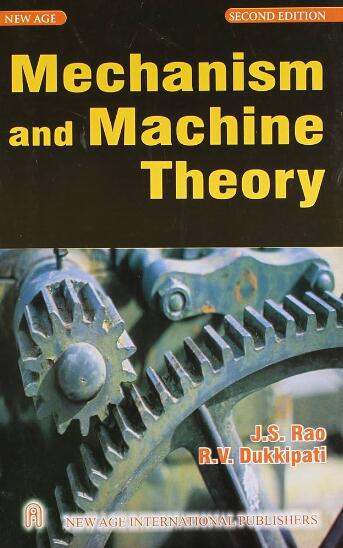利用数值代数几何寻找异常迁移的机制
IF 4.5
1区 工程技术
Q1 ENGINEERING, MECHANICAL
引用次数: 0
摘要
超常机动性的机构,包括过度约束的机构和自运动的机器人,其移动的自由度比gr本文章由计算机程序翻译,如有差异,请以英文原文为准。
Finding mechanisms of exceptional mobility using numerical algebraic geometry
Mechanisms of exceptional mobility, including both overconstrained mechanisms and robots with self-motion, move with more degrees of freedom than predicted by the Grübler–Kutzbach formulas. Although a number of such cases are known, it is difficult to find new examples. This article explains a geometric formulation, called a fiber product, that facilitates finding exceptional mechanisms using tools from numerical algebraic geometry. The purpose of this article is to specialize the mathematical theory developed in A.J. Sommese and C.W. Wampler (2008) to the realm of kinematics and to present simple planar, spherical, and spatial examples that illustrate basic concepts. Although the formulation is general, its application to more complicated mechanisms will require the development of more refined solution techniques that exploit the symmetry inherent in fiber products.
求助全文
通过发布文献求助,成功后即可免费获取论文全文。
去求助
来源期刊

Mechanism and Machine Theory
工程技术-工程:机械
CiteScore
9.90
自引率
23.10%
发文量
450
审稿时长
20 days
期刊介绍:
Mechanism and Machine Theory provides a medium of communication between engineers and scientists engaged in research and development within the fields of knowledge embraced by IFToMM, the International Federation for the Promotion of Mechanism and Machine Science, therefore affiliated with IFToMM as its official research journal.
The main topics are:
Design Theory and Methodology;
Haptics and Human-Machine-Interfaces;
Robotics, Mechatronics and Micro-Machines;
Mechanisms, Mechanical Transmissions and Machines;
Kinematics, Dynamics, and Control of Mechanical Systems;
Applications to Bioengineering and Molecular Chemistry
 求助内容:
求助内容: 应助结果提醒方式:
应助结果提醒方式:


